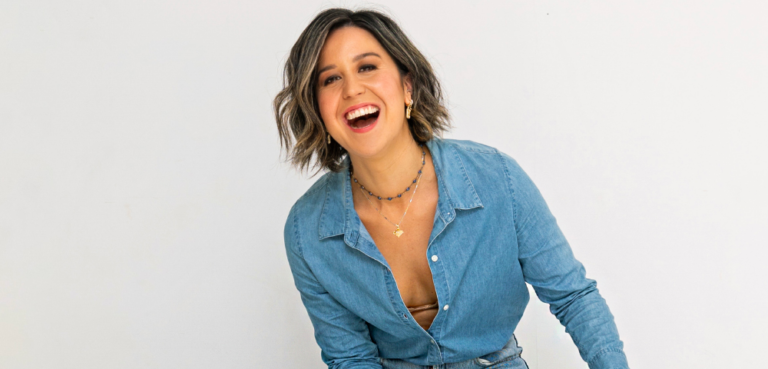
We’re here, we’re queer, we’d like to do some studying
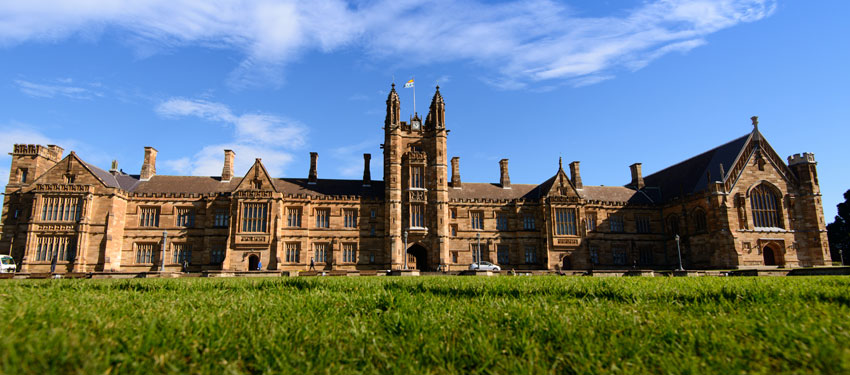
THE last place Jen Chen expected to experience homophobia was on a university campus, centres of progressive thinking and youthful exploration.
Nonetheless, it happened, right in the middle of the female toilets.
“I’d chopped off all my hair and was dressed in pants and what not and I was lining up at the toilets and this girl walks past, does a double take, taps me on the shoulder and goes ‘I think you’re in the wrong toilet’,” she recalls.
“I was just flabbergasted because I didn’t know these type of things still happened.”
Although being LGBTI wasn’t a hindrance to getting to university, now Chen was on campus it was proving to be one, particularly as she wasn’t publicly out.
And she is conscious that LGBTI students face more challenges than homophobia.
“There is that concern that you may be doing a degree like engineering with a really masculine culture, kicked out [of home] or cut off financially,” says Chen, who now heads up the University of New South Wales’ (UNSW) queer collective — the university’s LGBTI student group.
The presence of such a group is one of the questions in a new survey, released in time for the start of the academic year, which looks at how inclusion efforts are being promoted in Australia’s higher education sector.
The Australian LGBTI University Guide, produced by the Star Observer and the NSW Gay and Lesbian Rights Lobby (GLRL) with the support of student–led professional development body Out for Sydney, Transgender Victoria and Organisation Intersex International Australia (OII), also examined the quality of anti-discrimination policies, support services, and staff engagement among a host of other factors.
The first time every Australian university has been examined in this way, researchers put themselves in the position of prospective students looking for publicly-available information online.
“It is clear that some Australian universities are going to significant lengths to include LGBTI people… and the fact that some universities are moving beyond tolerance to active engagement with LGBTI students is very pleasing,” GLRL co-convenor Justin Koonin says.
“Others have a way to go, and we hope that this guide will provide a road map for these universities on where they could improve.”
___________________________________
TOP of the class universities include Queensland, Western Australia, Sunshine Coast, Curtin, Sydney, LaTrobe, UNSW and Wollongong, many of which are members of the Pride in Diversity workplace program.
Languishing at the back of the lecture theatre are a number of regional institutions like Bond, New England and James Cook but also the religious universities like Australian Catholic University, Divinity and Notre Dame.
One of the guide’s starkest findings is that nine out of 10 Australian universities are failing to reflect current legal protections for LGBTI people in their anti-discrimination policies.
In addition, no institution seems to know how many LGBTI students are actually on campus and specific sexual health advice is generally lacking, despite the continued risk to gay men in regards to HIV or the benefits of taking the HPV vaccine.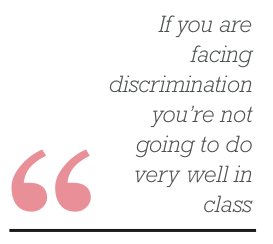
Australia also lags behind the UK where a similar piece of research, albeit not looking at trans* and intersex students, was done by the Stonewall gay, lesbian and bisexual (LGB) rights charity.
While the highest-performing Australian universities fail to meet around a quarter of the criteria, in the UK, six universities aced all of that survey’s targets.
“I used to be a Melbourne University student where you can walk and hold hands,” University of Queensland (UQ) Union president Kathryn Cramp says.
“But that is not necessarily the case in Brisbane.
“Queensland can be quite a hostile environment… so it’s been good to establish the queer collective as a part of the community and be very visible.”
The campus’ former queer officer says “it’s important students feel safe and supported at university” because “If you are facing discrimination you’re not going to do very well in class”.
Almost uniquely, the union — and the university — offer bursaries to LGBTI students.
The union bursary, which can total around $750, is targeted at students facing financial crises such as an LGBTI person forced to leave home.
Cramp says the university, one of the leaders in the survey, is ready to engage with LGBTI students but “things could always be better” and she is keen to see more staff trained in identifying discriminatory behaviour and greater participation in the ally program.
Now in its 11th year, and one of the oldest in the country, UQ’s ally program bills itself as a “visible network of empathetic people who are allies of students and staff identifying as LGBTI”.
“It’s the right thing to do and the smart thing to do,” says the university’s recent senior manager of equity and diversity, Marnie King, citing a student who told her they chose UQ because the ally network was a sign of how supported they would be.
King says she always encourages greater participation in the ally network but it should remain an opt-in program so students know the best people are involved.
However, right now she is most excited about a new app that helps people locate the myriad of services and buildings on campus, including directions to gender-neutral toilets: “They are easily accessible and we thought that would be really good for trans* staff and students”.
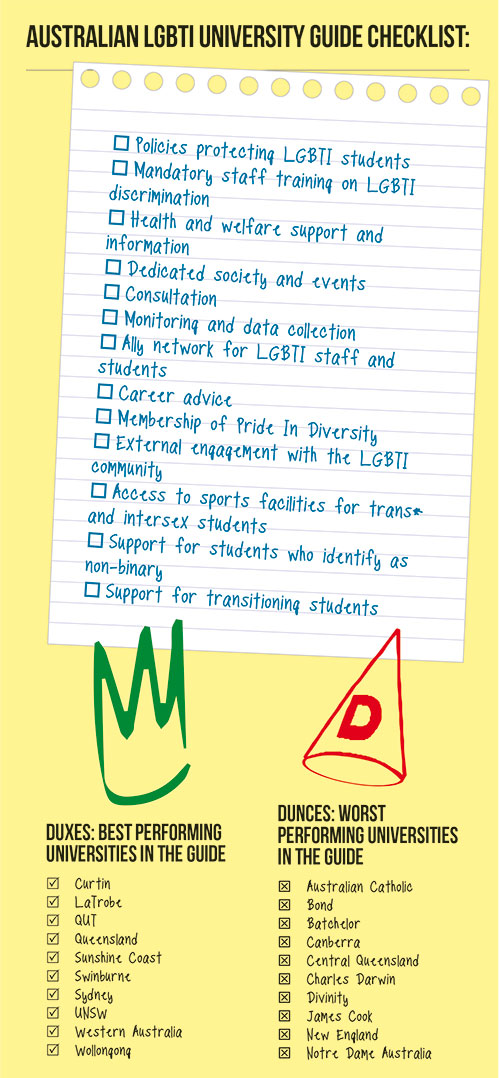
Gender-neutral toilets are on the new frontier of inclusion and have been implemented already, or will be soon, at universities like UNSW, LaTrobe and Swinburne.
However, in general, facilities for trans* students fall behind those of their LGB counterparts with, at best, only 60 per cent of the guide’s criteria being met — a similar figure for intersex inclusion.
“The fact that intersex, trans* and gender-diverse students are less included is concerning, though mirrors much of what happens in broader society and therefore not surprising,” Koonin says.
“We need to be vigilant to ensure that all of us are protected, not just LGB people.”
Tailored support for transitioning students was rare, the ability to change gender on university forms was far from universal and while the Australian Passport Office may now allow people to state their gender as non-binary, many in the higher education sector are yet to do so.
Meanwhile, universities ostensibly doing the right thing need to be wary of providing old or inaccurate information.
A case in point are the gender and sexuality pages of Murdoch University that showed a four-year-old list of staff allies and was littered with dead links to external organisations. The only resource under “transgender health” led to an error notice on the web page of a Canadian clinic.
After the Star Observer got in touch, a spokesperson said the links were fixed and the list of allies updated: “The welfare of all our students, including those in the LGBTI community, are incredibly important… and we apologise for this oversight.”
Transgender Victoria executive director Sally Goldner wonders if Murdoch confused the state of Victoria in Australia with the city of Victoria in British Columbia.
Nevertheless, she thinks universities are heading in the right direction: “Sometimes it can seem tokenistic but from what I can gather most of the metro universities are doing a good job although some of the policies are slow to catch up.”
OII president Morgan Carpenter is less convinced by the progress of universities.
“It seems clear that intersex inclusion is very much in its infancy, with little recognition of the 2013 inclusion of ‘intersex status’ in the Sex Discrimination Act, and no recognition of the distinctiveness of both intersex issues and people with intersex variations,” he says.
“Inclusion by acronym is neither deliberate nor provides recognition of our bodily diversity.”
Indeed, almost 90 per cent of university harassment and equal opportunity polices failed to reflect current anti-discrimination law which includes intersex status.
Universities such as Sydney, Melbourne, Southern Cross and Australian National University were up to date, but others including Adelaide and Notre Dame had no LGBTI references in their policies at all.
Religious institutions, such as Notre Dame and the University of Divinity, have little to encourage prospective LGBTI students.
While both insist they did not discriminate, tellingly Notre Dame only scraped into the rankings because of its queer collective which — on its Facebook page — claims the university turned down its affiliation request.
This means the group is barred from central funding and cannot meet or advertise on campus.
A spokesperson tells the Star Observer the university is “mandated to work within a context of Catholic faith and values,” which is “fundamental to our identity”.
Notre Dame does not deny they banned the queer collective’s activities from campus, only saying requests by societies to formally affiliate were judged to see if they were “consistent with the objects of the university”.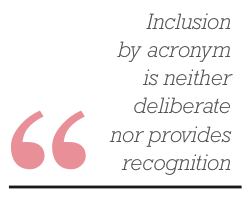
The university says any issue can be debated on campus and they had “excellent processes, including codes of conduct, in place to prevent unjust discrimination,” despite none of these mentioning LGBTI people.
Not far from Notre Dame’s Perth campus, Curtin University’s director of corporate values and equity, Amanda Willis, is reeling off a list of notable LGBTI achievements.
There’s the rainbow colours which floodlight the stadium, their number one university ranking by Pride in Diversity, the rainbow crossing visible on Google maps as well as all the usual things like an ally network and support services.
A trans* program in the counselling service and transitioning guidelines are in progress, with Willis saying respect and diversity are etched into the university’s DNA.
But there are real-word reasons why LGBTI students are supported.
“All organisations are in a competition for talent and if you want the best possible talent you want the widest possible base of people,” Willis says.
A success story has been the engineering ally program which ensures Curtin students on work placements spend time at employers who have embraced LGBTI inclusion.
It’s an example that Out for Sydney executive director and Sydney finance student, Charles Sunstrum, wishes there were more of: “There’s not too much focus on LGBTI students when it comes to their careers… and we hear a lot of students do have career anxieties.”
___________________________________
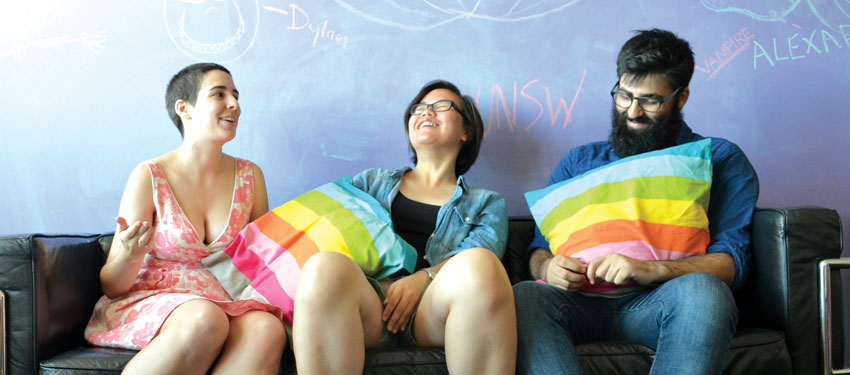
BACK at UNSW, Chen and her fellow queer officers Brittany Jayne and Joseph Dee are sprucing up the queer space — a meeting space/library/study nook — ready for the flood of new students during O Week.
On their shopping list for the coming academic year are financial help for struggling students, career workshops and ensuring all campus counsellors and doctors receive training in LGBTI inclusion.
So far, the university authorities have proved receptive to the needs of its LGBTI students and the queer officers are expectant that engagement will continue.
And the Chen who was mocked on campus and who wasn’t publicly out has been left far behind.
She now has the keys to the queer space, represents LGBTI students to the university authorities and is a leading member of Out for Sydney.
“You meet great people and you become more comfortable with who you are and that’s because of being out on campus.”
Visit the Australian LGBTI University Guide at lgbtiuniguide.org.au
**This article was first published in the March edition of the Star Observer, which is available to read in digital flip-book format. To obtain a physical copy, click here to find out where you can grab one in Melbourne, Sydney, Brisbane, Adelaide, Canberra and select regional/coastal areas.




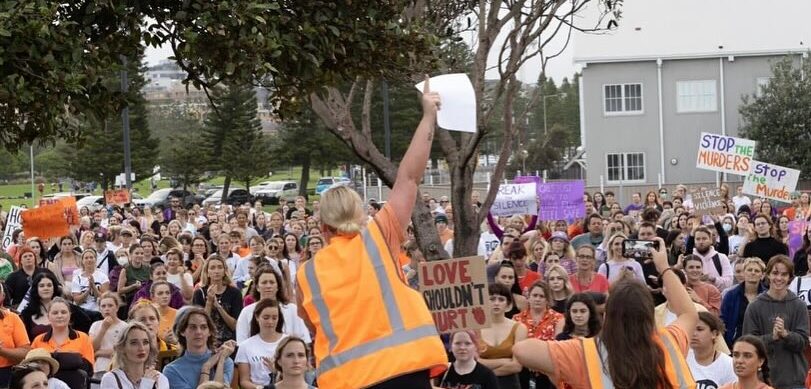
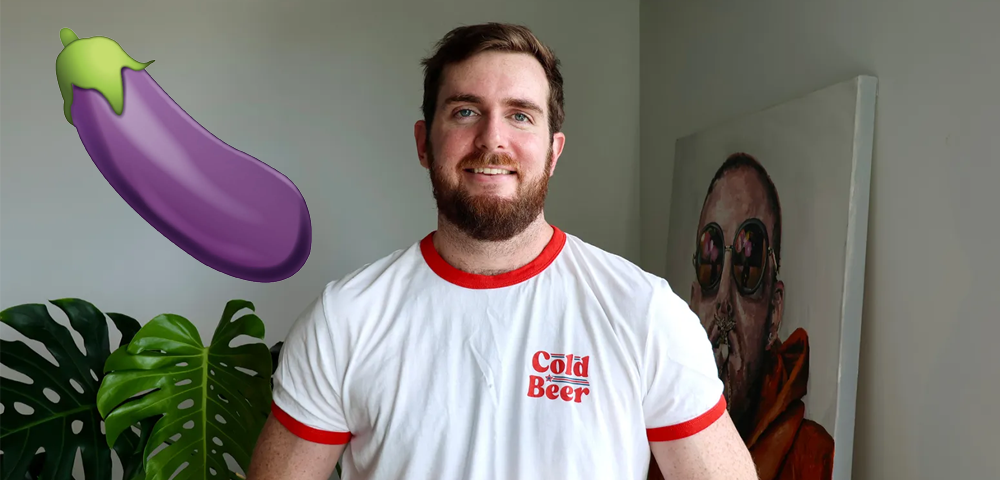
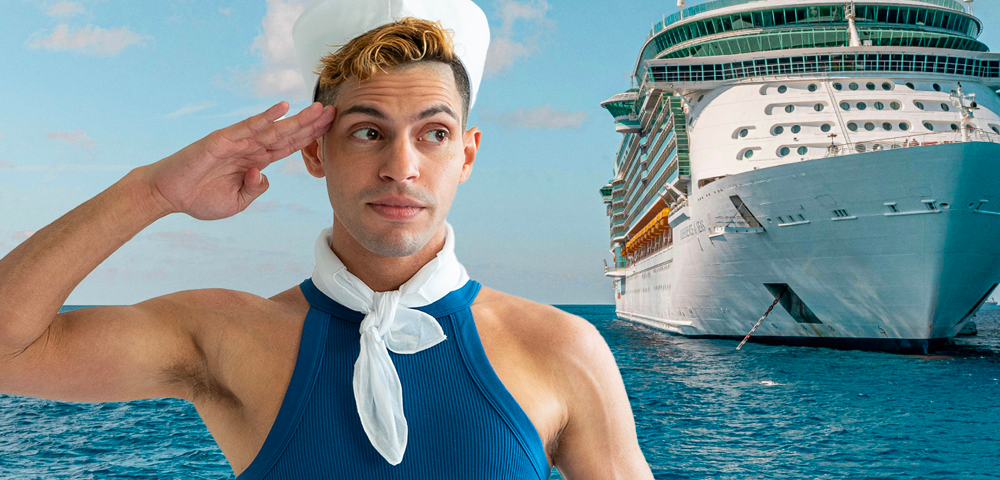



I think it’s a little sensitive to judge an entire institution based on a single incident that may not have even been related to LGBTI issue.
Isn’t it possible that the person that tapped Jen Chen on the shoulder may have been genuinely offering assistance.
Great article, ta Star Observer!
Keep fighting for your LGBTQI Human Rights !! Fuck the Academic Homophobes !!
Education must start in places of learning otherwise we have continued bigotry. Times must change and it starts with government.